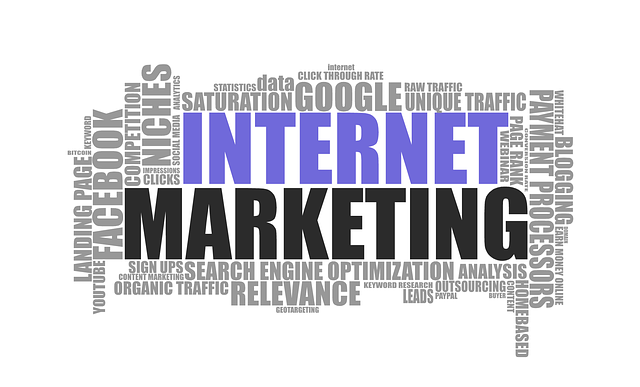AI tools for streamlining automotive repair workflows revolutionize auto repair with efficient, precise solutions powered by data analysis and predictive maintenance. These tools forecast issues from sensor data, optimize processes using machine learning, and enhance accuracy while minimizing downtime. After identifying key areas like diagnostics or parts inventory management for AI integration, provide staff training to embrace these changes. Regularly review and update systems to stay ahead in digital transformation, offering improved efficiency, productivity, and customer experience while addressing data privacy, interoperability, resistance to change, and workforce upskilling challenges.
“The auto repair industry is undergoing a digital revolution, and Artificial Intelligence (AI) is at its forefront. This transformative technology promises to redefine how workshops operate, enhancing efficiency and precision. This article explores the strategic implementation of AI digital transformation in automotive repair. We’ll delve into the benefits and challenges of integrating AI tools for streamlined workflows, providing a step-by-step guide for shops looking to stay ahead in this evolving landscape.”
- Understanding AI's Role in Auto Repair: Unlocking Efficiency and Precision
- Implementing AI Tools for Streamlined Workflows: A Step-by-Step Guide
- Benefits and Challenges: Shaping the Future of Automotive Repair with AI
Understanding AI's Role in Auto Repair: Unlocking Efficiency and Precision

AI is revolutionizing the auto repair industry by offering unprecedented efficiency and precision in various aspects of the workflow. AI tools can analyze vast amounts of data from vehicle sensors, historical repair records, and real-time diagnostics to predict potential issues before they become major problems. This predictive maintenance approach not only reduces downtime but also enhances the overall reliability of vehicles.
Moreover, AI algorithms can automate repetitive tasks such as parts identification, inventory management, and even simple repairs, allowing technicians to focus on more complex procedures. The integration of machine learning models into auto repair systems ensures that these processes are constantly optimized based on new data inputs, leading to improved accuracy and faster turnaround times.
Implementing AI Tools for Streamlined Workflows: A Step-by-Step Guide

Implementing AI tools for streamlined automotive repair workflows can significantly enhance efficiency and accuracy in auto repair shops. The first step is to assess the existing processes and identify areas where AI could provide the most value, such as diagnostics, parts inventory management, or estimating repairs. Once these areas are pinpointed, select AI solutions tailored to those specific needs—for instance, computer-aided diagnosis (CAD) software for identifying issues or machine learning algorithms for predictive maintenance.
Training staff on how to use these new AI tools is crucial for successful integration. Provide comprehensive training sessions and ensure technicians understand the benefits of AI in their work. Encourage a culture of continuous improvement by regularly reviewing and updating AI systems as new technologies emerge, ensuring your shop stays at the forefront of digital transformation in auto repair.
Benefits and Challenges: Shaping the Future of Automotive Repair with AI

The integration of AI tools into auto repair processes offers a multitude of benefits, revolutionizing how workshops operate. By automating routine tasks, AI boosts efficiency and productivity, allowing technicians to focus on more complex repairs. These tools can analyze vast data sets to predict equipment failures, optimize parts inventory management, and provide accurate diagnostics, reducing time-consuming manual troubleshooting. Furthermore, AI enhances customer experience through personalized recommendations and faster service times.
However, navigating the challenges is essential for a successful digital transformation. Data privacy and security concerns are paramount when handling sensitive vehicle information. Ensuring interoperability between existing systems and new AI platforms can be complex. Additionally, resistance to change among auto repair professionals may hinder adoption. Workshops must invest in training to upskill their workforce and stay competitive in an era where AI tools for streamlining automotive repair workflows are reshaping the industry’s future.
The integration of AI digital transformation strategies in auto repair offers a promising path towards increased efficiency, precision, and enhanced customer experiences. By leveraging AI tools for streamlined workflows, automotive businesses can optimize operations, reduce costs, and improve productivity. As discussed, implementing these technologies involves a strategic approach, from understanding the role of AI to adopting best practices and addressing challenges. Embracing AI as a game-changer in auto repair is not just a trend but a necessary step towards staying competitive in today’s digital era.
